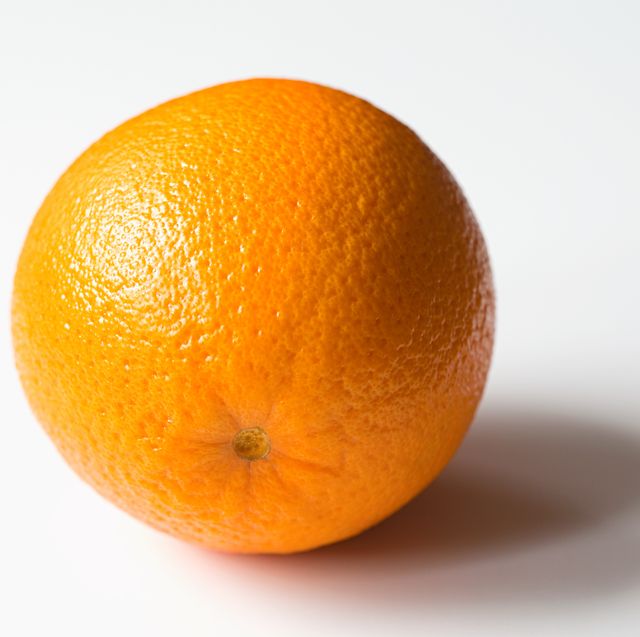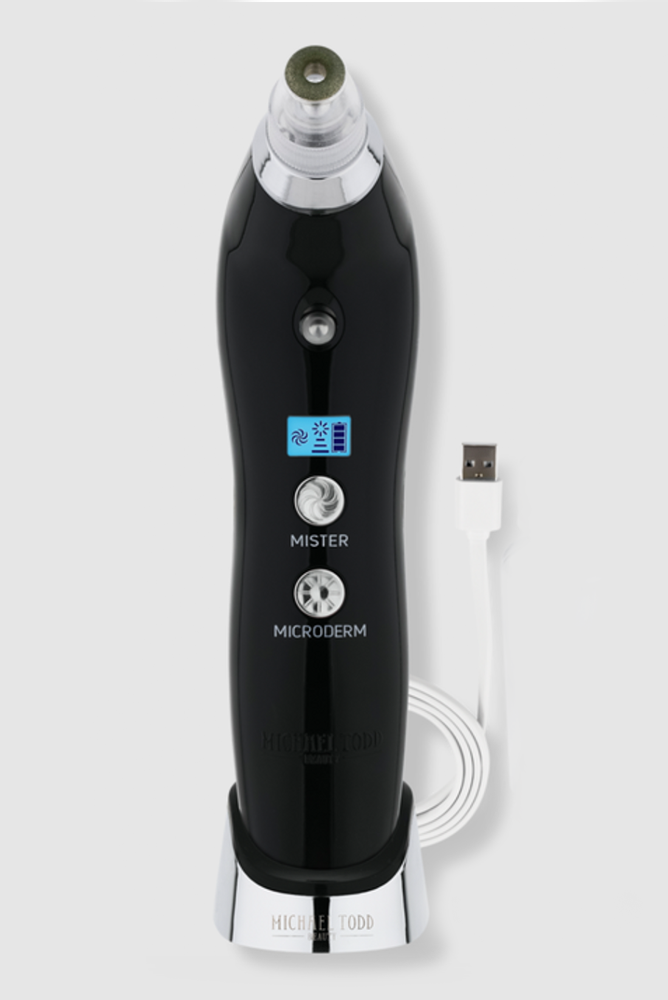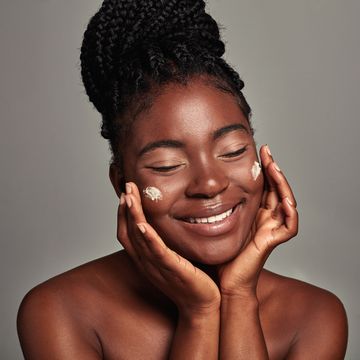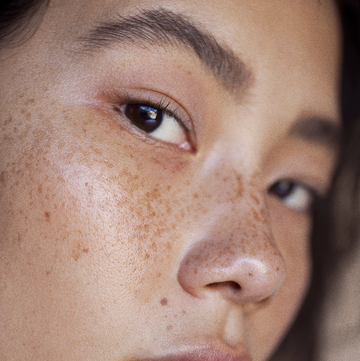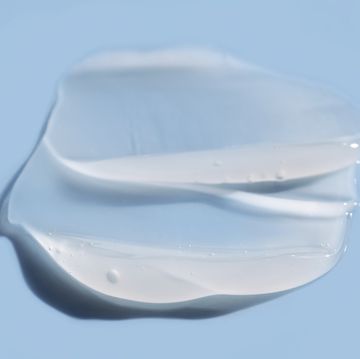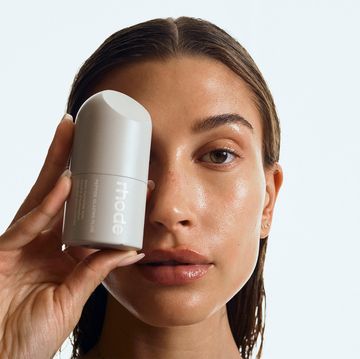If there are two things the TikTok and YouTube communities can’t get enough of, it’s removing blackheads and testing out trendy skincare gadgets. Pore vacuums—which are exactly what they sound like—combine both of these things for a can’t-look-away tool that will leave you asking, “Does this thing really work?” and, “Do I need one?” (Case in point: This TikTok of Dr. Muneeb Shah, aka the DermDoctor, reacting to one has over 25 million views.)
In addition to compiling some of the most-viewed review videos the internet has to offer, we called on Dr. Anetta Reszko, a New York City-based board-certified dermatologist and Mohs surgeon, to help understand what exactly pore vacuums are, if they accomplish what they claim, and if you really need one in your skincare routine.
How do pore vacuums work?
Unlike topical skincare products that exfoliate or dissolve the sebum, dead skin, dirt, and other impurities, pore vacuums use suction to physically extract the gunk before your eyes. (If you want to see one in action, the YouTube videos in this story are up close and personal but not overly graphic )
Before using the pore vacuum, you’ll want to gently steam your skin either with a warm, damp towel or in the shower. (Although pores don’t technically open, this step helps loosen the sebum.) Then, place the pore vacuum on an area of the skin with congested pores—the nose, for example—starting on the lowest setting.
Do dermatologists recommend using pore vacuums?
In short, yes. Since these vacuums make the process of unclogging pores and clearing skin a lot faster and easier, many experts have given at-home devices an official nod of approval. Plus, most over-the-counter pore vacuums have adjustable settings, and are less powerful than ones found at your local dermatologist's office, there's less risk of potential injury.
Are pore vacuums effective at clearing pores and blackheads?
“Pore vacuums certainly can be an effective tool in helping to regularly clear pore congestion, however they're not essential component to a skincare routine,” Reszko says. But, because pores will naturally clog again, she adds that they are “a temporary solution that should be used occasionally in conjunction with a proper skin care routine.” (More on that below.)
Do pore vacuums damage skin?
If you've watched the accompanying YouTube videos, you probably saw that some users saw redness instantly. “Pore vacuums are generally safe to use, but be sure to use appropriate settings depending on your skin,” Reszko says. In other words, cranking the vacuum up to the highest setting won’t necessarily extract more blackheads—but it may just leave you with your first hickey since high school.
If you have skin issues like rosacea, proceed with caution. “Some underlying skin conditions may be exacerbated by the suction from the vacuum, and it is possible to see side effects such as bruising and broken capillaries,” warns Reszko. She adds, “If you have rosacea, telangiectasias (or spider veins), reactive/sensitive skin, or you bruise easily, be sure to use the low setting.” As with any product, if you experience pain, stop using the device right away.
What are some other methods for clearing blackheads?
Your first priority should be a good cleanser, whether you make a pore vacuum part of your weekly routine or not. “I always strongly urge my patients to use a daily cleanser that is tailored to their skin type, and to incorporate an exfoliating toner that contains AHAs and BHAs,” explains Reszko. “AHAs like glycolic and lactic acid remove the superficial pore congestion, and BHAs like salicylic acid penetrate deeper into the pores and efficiently dissolve oil buildup.”
Once or twice a week, you can also work in a pore strip or mask—but try not to go overboard, or you may over-strip your skin. For acne, you can also use hydrocolloid patches, which provide a similar—if not as instantaneous—satisfying result to pore vacuums, without risking the redness or irritation.

Lindy Segal is a beauty writer and editor. In addition to regularly contributing to BAZAAR.COM, she also writes for Glamour, People, WhoWhatWear, and Fashionista, among other publications. She lives in New York City with her Chihuahua mix, Barney.
